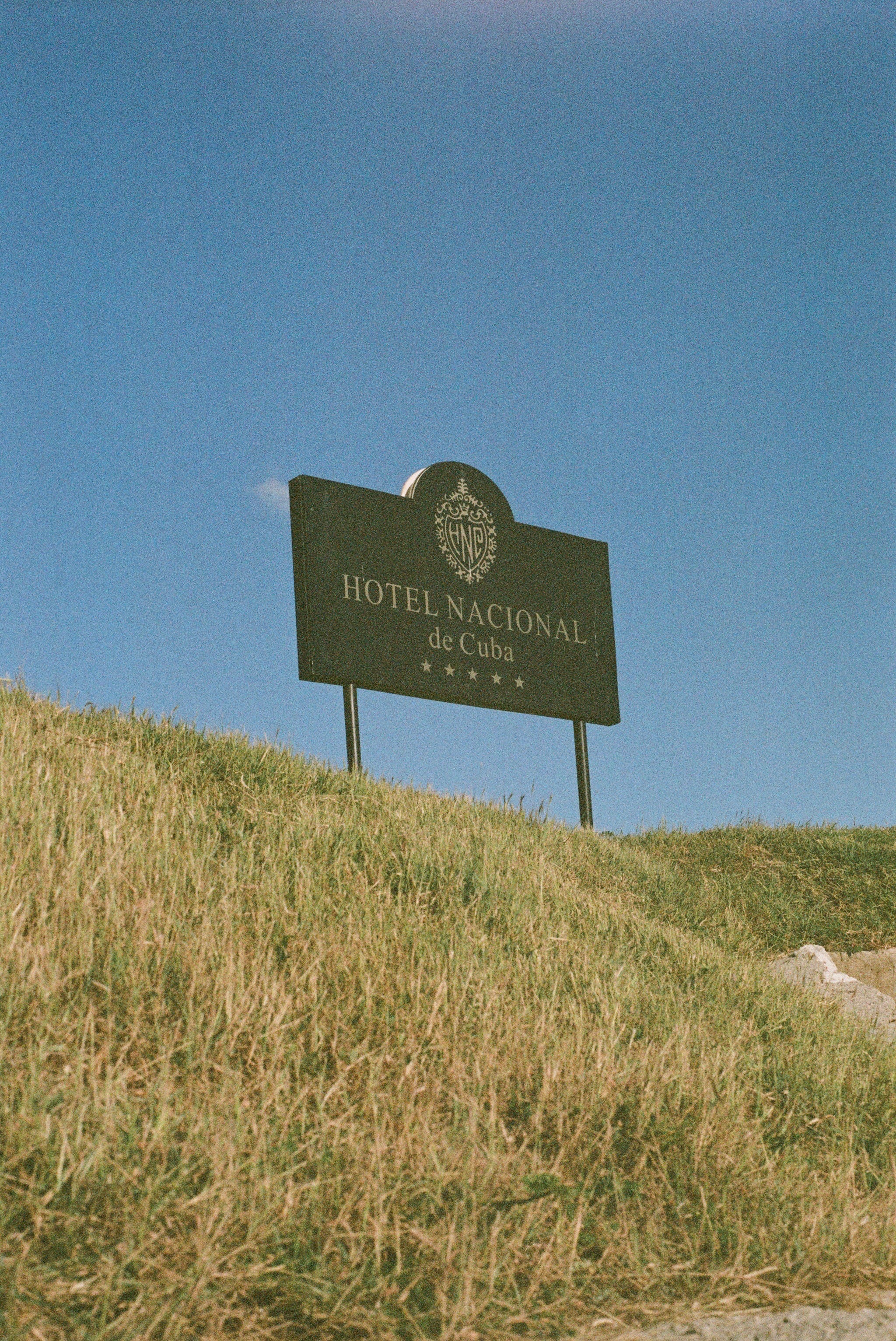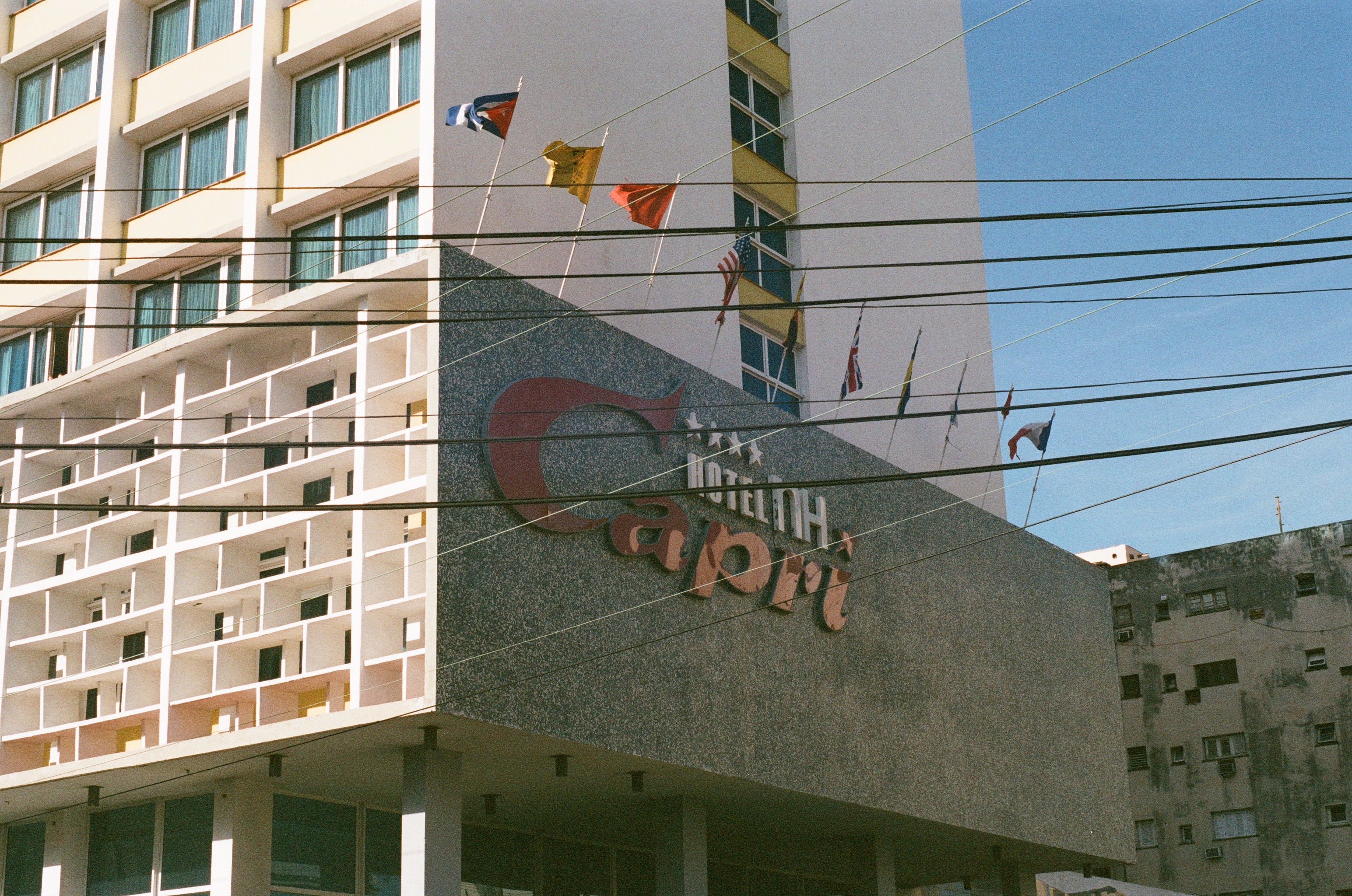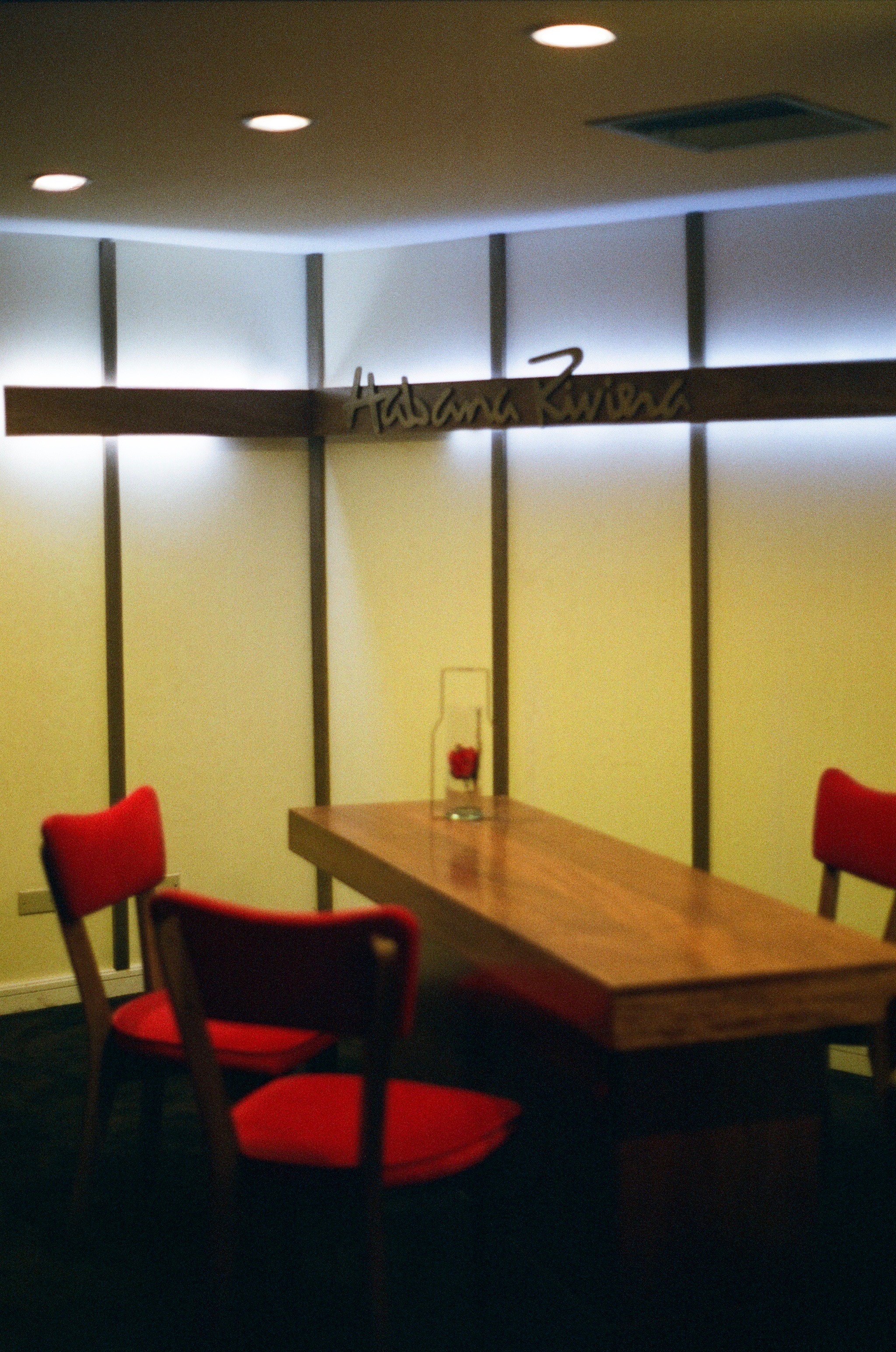These photographs were taken in and around hotels built, owned, or operated by the American Mafia during Cuba’s “pseudo-Republican” period, from 1902 to 1959--a time of political turmoil, extreme economic inequality, and high levels of American influence and interference, following the first U.S. occupation of Cuba. For Americans and members of the international bourgeoisie, this is also remembered as a time of extreme glamor and excitement in Cuba’s capital city, Havana.
Upon the triumph of the Cuban Revolution in 1959, the Mafia fled Cuba, and the hotels were transferred to the control of the revolutionary state.
In response to the country’s economic crisis of the 1990s--triggered by the collapse of Cuba’s largest trading partner at the time, the Soviet Union--the Cuban government once again began to promote the island’s tourism industry, inviting foreign investment. Following recent economic reforms which have expanded the private sector in Cuba, many of the hotels are now managed or operated jointly with foreign hotel chains.
Tourism is now Cuba’s primary form of foreign exchange.
↓

The National Hotel of Cuba, now the Hotel Nacional de Cuba, was opened by American developers in 1930 as a hotel for American tourists. Cuban guests were prohibited. In 1933 it was the site of a battle between competing elements of the Cuban military over the installment of Fulgencio Batista (later the country’s U.S.-backed authoritarian leader) as the Army Chief of Staff. American ambassador Sumner Welles was in residence at the hotel at the time.
In 1946 it was the site of the “Havana Conference,” in which Jewish and Italian-American crime bosses negotiated leadership affairs and control over key assets, including casinos and hotels in Havana and Las Vegas; the hotel provided a space out of reach and earshot of the FBI. Beginning in 1955, Havana’s head mob boss, Jewish-American gangster Meyer Lansky, owned a share of the hotel and operated a wing which included a casino and showroom.
The hotel’s grounds were later the site of the Soviet missiles involved in the Cuban Missile Crisis. The hotel’s lawn faces the Malecón, the sea wall and walkway which wraps around the city’s central districts, and thus looks out over the ocean towards the United States.
↓

Subsidized by President Batista’s Hotel Law 2074 of 1955, which offered government loans and tax breaks to luxury hotel and casino construction projects, elements of the American Mafia opened the Hotel Capri and the Hotel Habana Riviera in 1957.
Located a few blocks from the Hotel Nacional, the Hotel Capri was financed by the New York wing of the Mafia, and managed by Miami hotelier Julius Shepherd. Mobster Santo Trafficante Jr. operated its casino, while actor and dancer George Raft served as the “legitimate” face of the hotel to its guests. The hotel was famously frequented by American gangsters, earning a mention in The Godfather Part II.
Closed in 2003 for renovations, the Capri reopened in 2014, managed by the Spanish hotel chain NH Hoteles. Along with the Nacional, it was one of the sites of the alleged “sonic attacks” against American diplomats in 2016 and 2017.
↓

The Riviera was owned by Meyer Lansky, who operated his crime empire from offices on the top floor of the hotel. The ground floor casino was immensely successful among moneyed tourists and Cubans, bringing in over $3 million in its first four months of operation. Ginger Rogers and other American stars performed in the hotel’s Copa Cabaret.
Lanksy fled Cuba upon the triumph of the Revolution on January 1st, 1959. Later that month, upon arriving in Havana, Fidel Castro gave a press conference from the Copa Room, announcing the goals of the Cuban Revolution to the world. In 1960, Castro nationalized all of the country’s hotels and casinos; under state ownership, important international leftist figures like Angela Davis and Salvador Allende stayed at the Riviera. Since Barack Obama began the process of normalization of relations with Cuba, Lansky’s heirs have purportedly been attempting to win restitution for the nationalization of their grandfather’s property.
In 2017, the Spanish company Iberostar took over management of the high-end hotel.
FIRST FLOOR